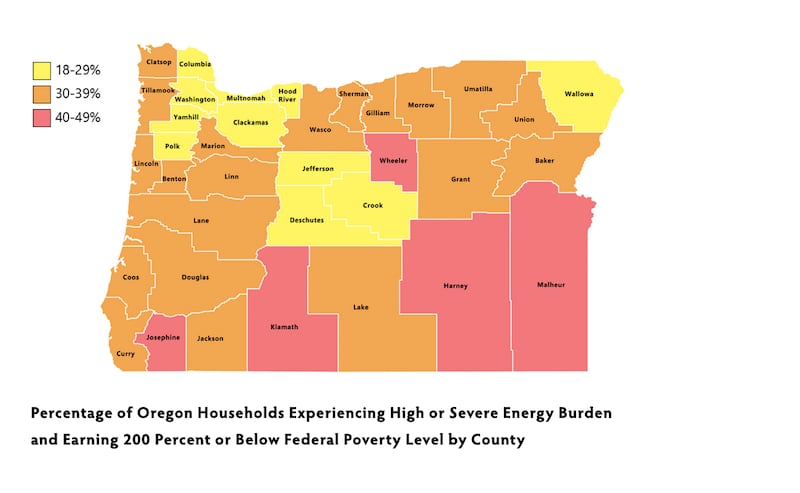As President Donald Trump issues executive orders with effects across the nation, Oregonians and particularly those in rural areas could feel the impact on their already steep electric bills.
Presidential executive orders are creating panic at the Portland-based Bonneville Power Administration, which is part of the federal Department of Energy. BPA provides electricity to six Western states from 31 dams and one nuclear plant and owns 75% of the transmission grid in the Northwest.
Operating the dams and the transmission grid is highly specialized work. It will be made more complicated by Trump’s “fork in the road” policy, urging federal employees to retire early and by new executive orders freezing hiring and mandating that for every 4 employees who leave government service, only 1 can replace them. In addition, new hires can now be made only with the approval of a representative of the Elon Musk-led Department of Government Efficiency, or DOGE. Requiring DOGE approval for hires is a departure for BPA and other federal power marketers.
In a joint letter to Trump on Feb. 14, U.S. Sens. Ron Wyden and Jeff Merkley (D-Ore.) wrote to Trump about the impact he has already had on the BPA. (Oregon Public Broadcasting first reported the BPA job losses.)
“Your administration’s directives to simultaneously buy out workers and freeze hiring has resulted in the resignation of approximately 200 employees, the rescinding of 90 new job offers, and the looming layoff of up to 400 probationary employees. The weight of this destabilization will bear down on the entire region, most heavily in rural areas that rely on public utilities purchasing BPA power,” the senators wrote.
“Employees on the ground are already warning that these actions will make it nearly impossible to strengthen and expand the grid as needed. Instead, BPA will be forced into ‘damage control’ mode, struggling just to ‘keep the lights on.’ This is not speculation; it is the reality voiced by those who operate our energy infrastructure every day.”
The senators asked Trump to respond to their concerns by the end of the month. Their communication followed a similar, if more polite. message from trade groups representing the federal power marketing administrations—of which BPA is the largest—pushing back, politely, on the new directives from Washington, D.C., that they fear could hamstring the efficient distribution of electricity across the nation.
In a Feb. 13 letter to Secretary of Energy Chris Wright, representatives of five trade groups that purchase federal power from BPA and other regional producers noted that the wholesale layoffs of federal employees, which are already affecting BPA and other producers, won’t save taxpayers a dime.
“It is important to note that [power marketing administration] employees and the work they do is funded by ratepayers through their respective utility customers, not U.S. taxpayers,” wrote the Portland-based Public Power Council and four other customer groups. “This arrangement does not put extra strain on the federal budget, and provides an extra measure of local accountability, oversight and transparency from the utilities footing the bill for these federal PMA employees.”
Because of the BPA dams, Oregonians use more hydropower than any other state except Washington. The electricity the dams produce is abundant and relatively cheap and supports public utilities from Hermiston to Tillamook to Ashland, and many parts of rural Oregon in between.
But even though BPA power gives Oregon some of the nation’s cheapest electricity, Oregonians—particularly those in rural counties—are struggling to pay their electric bills.
Here’s a representation of that struggle from an Oregon Department of Energy report that will be officially released later this week.

Oregon electric utilities disconnected a record number of Oregonians for nonpayment last year, and lawmakers have introduced 2025 legislation aimed at limiting future rate increases.
The BPA transmission grid that sends electricity all over the West is a delicate mechanism, ensuring that power from coal and gas plants, dams and more intermittent sources of generation, such as wind and solar, remain in balance. When that balance is lost, power prices can skyrocket.
A BPA spokesman referred questions to the Department of Energy, which did not immediately respond.
This story was produced by the Oregon Journalism Project, a nonprofit newsroom covering rural Oregon. OJP seeks to inform, engage, and empower readers with investigative and watchdog reporting that makes an impact. Our stories appear in partner newspapers across the state.
